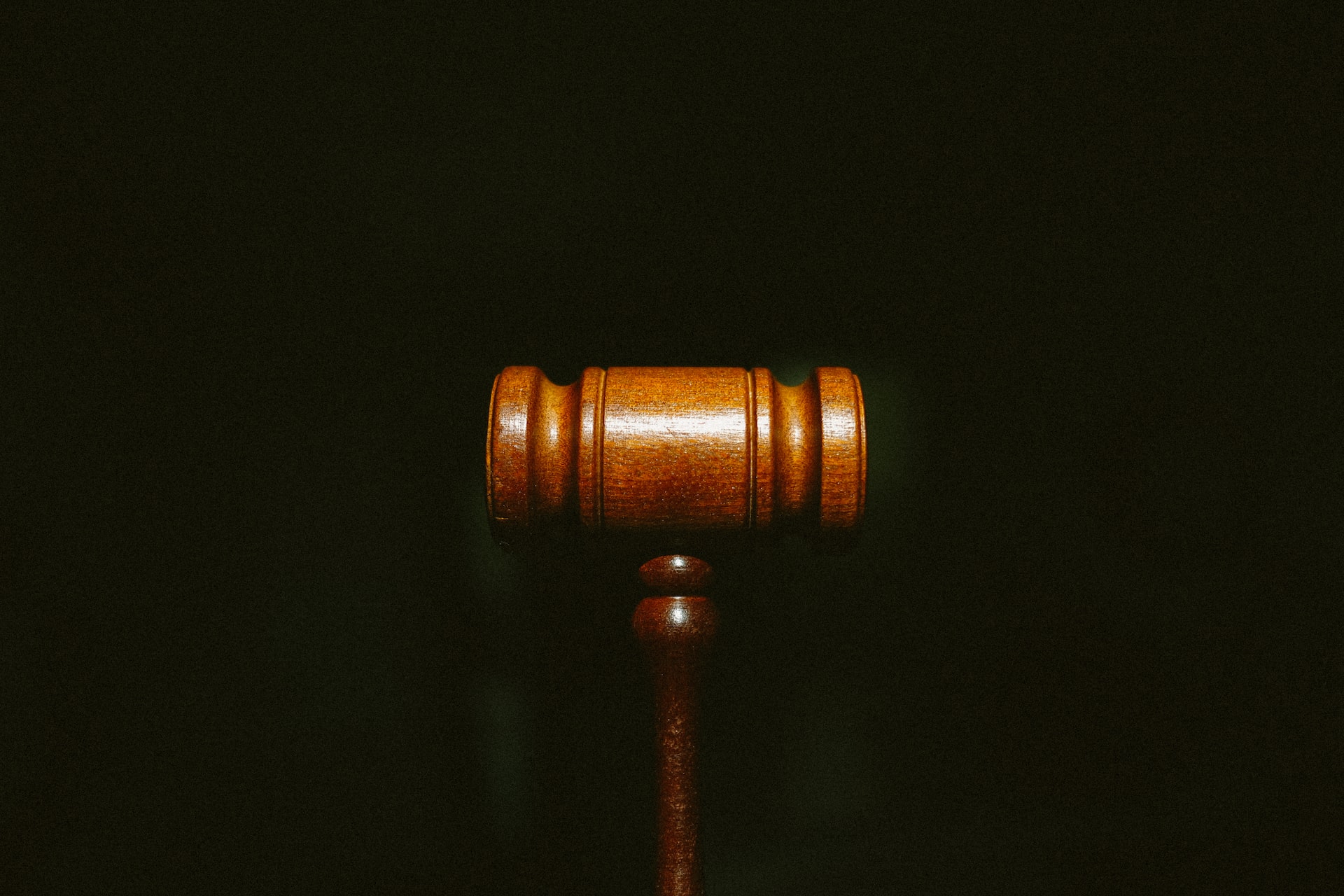
Introduction
The Code of Civil Procedure (CPC) in India provides a comprehensive framework for the adjudication and enforcement of civil matters. Among the myriad concepts embedded within the CPC, the notion of “cross decree” and “cross claim” holds particular significance in the realm of civil litigation. In this article, we delve into the meaning of cross decree, explore its implications, and shed light on the execution of cross decrees under the CPC.
Cross Decree:
A cross decree, as envisaged by the CPC, arises in situations where two parties in a civil suit assert claims against each other, and the court, in its final judgment, grants reliefs to both parties in the form of decrees. This scenario involves a mutual acknowledgment of rights and liabilities, resulting in what is colloquially termed a “cross decree.” Each party becomes both a decree-holder and a judgment-debtor concerning different aspects of the dispute.
In essence, a cross decree embodies the principle of mutuality, wherein the court recognizes the reciprocal claims of the parties and, accordingly, crafts decrees that reflect the rights and obligations owed by each to the other.
Cross Claim:
A cross claim, a pivotal precursor to the cross decree, refers to a claim made by a defendant against the plaintiff in the same suit. This claim can be for a set-off, counterclaim, or any other relief connected with the subject matter of the original suit. The CPC allows defendants to assert their rights proactively, ensuring a comprehensive resolution of disputes and preventing multiplicity of legal proceedings.
The court, when adjudicating a cross claim, has the authority to pass a separate and distinct decree in favour of the defendant. This decree may then form the basis for a cross decree when combined with the original decree in favour of the plaintiff, culminating in a balanced and just resolution.
Execution of Cross Decree:
The execution of a cross decree involves the enforcement of the rights and obligations encapsulated within it. Decrees are executable orders of the court, and both the decree-holder and the judgment-debtor are bound by its terms. In the case of a cross decree, the execution process becomes nuanced due to the dual roles assumed by the parties.
When initiating execution proceedings for a cross decree, the decree-holder must adhere to the procedural requirements outlined in the CPC. The court may issue processes to compel the judgment-debtor to satisfy the decree, and the decree-holder is entitled to seek remedies such as attachment of property or garnishee proceedings.
Legal Precedents and Significance:
Several legal precedents underscore the importance and application of cross decrees in civil litigation. The case law provides insights into the judicial interpretation of mutuality and the equitable principles guiding the grant of cross decrees.
In Dhulabhai v. State of Madhya Pradesh (1969), the Supreme Court emphasized the expansive nature of Section 44 of the CPC, which allows for the execution of decrees in certain circumstances even outside the jurisdiction of the court that passed the decree. This principle assumes relevance in the context of cross decrees, where the execution may involve diverse geographical locations.
Challenges and Considerations:
While the concept of cross decree facilitates a holistic resolution of disputes, challenges may arise in the execution phase, especially when dealing with assets located in different jurisdictions. Harmonizing the enforcement mechanisms across regions and ensuring uniformity in execution procedures warrant careful consideration.
Conclusion:
In navigating the intricacies of cross decree and cross claim under the CPC, it becomes evident that these legal constructs play a pivotal role in achieving a comprehensive and equitable resolution of civil disputes. The interplay of mutuality, execution procedures, and judicial precedents contributes to the evolving jurisprudence surrounding cross decrees. As the legal landscape continues to evolve, practitioners and scholars alike must remain attuned to developments in this area, ensuring a nuanced understanding of these concepts and their practical implications in the realm of civil litigation in India.









